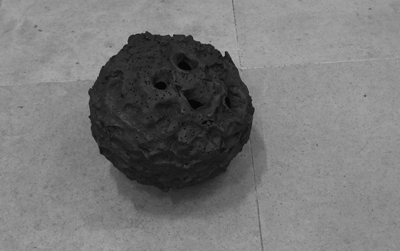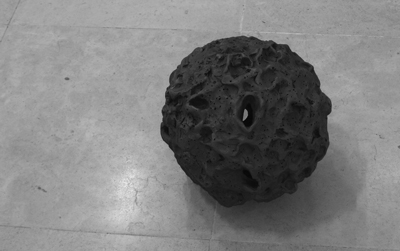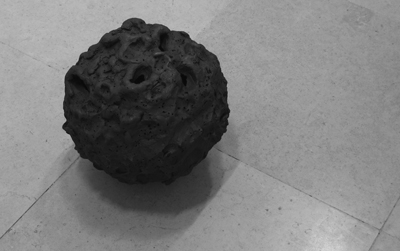16 Sep SAMUEL RAMA AT 111
Samuel Rama exposes Acreção in 111 Gallery.
Under the title ACREÇÃO, Samuel Rama presents, in 111 Gallery – Lisbon, a set of works on canvas, photographs/drawings and three-dimensional objects, between September 16th and November 6th.
Accretion (Acreção) can be defined as the process by which the dimensions of something increase due to the addition of smaller parts with the same material. This term has been mainly used in science, namely geology, as the progressive increase of the tectonic mass that originated the structure of planet earth.
In the six monochromatic screens, entitled “The Colours of Theory”, the approximation to the definition of accretion is more evident. These works are the result of (over)10 years of dust accumulation from the different rocks that they are made of, and that give it its distinct colour. This perfomativity, in addition to accelerating the natural process, becomes evidence of a temporal event as it becomes a staged trace of the place where the rock came from.
Under the generic title “Pressure” he presented “photogenic drawings”, performed by a complex technique developed by the artist. These images, constructed with photographic and drawn elements, question the visible and the representation of the landscape place. It will be between the recognition of these apparitions that the artist interferes with the possibility of a premeditated action on the landscape, in which he transforms it into the appearance of an abstract sign under it.
The exhibition is spatially punctuated by a set of 12 three-dimensional graphite objects that refer, on one hand, to the photographs/drawings spots due to its spherical shape, and on the other hand, they make an echo of the accretion’s geological definition. These focus points situate the viewer in the exhibition space allowing this game to build a nonexistent drawing.
In conclusion, Samuel Rama’s work rescues some concerns of conceptualism and land art from the 70’s. However, by mechanically and industrially interfering with natural materials, his posture denotes a deeper, more sensorial, and intense questioning of human abilities and needs.





